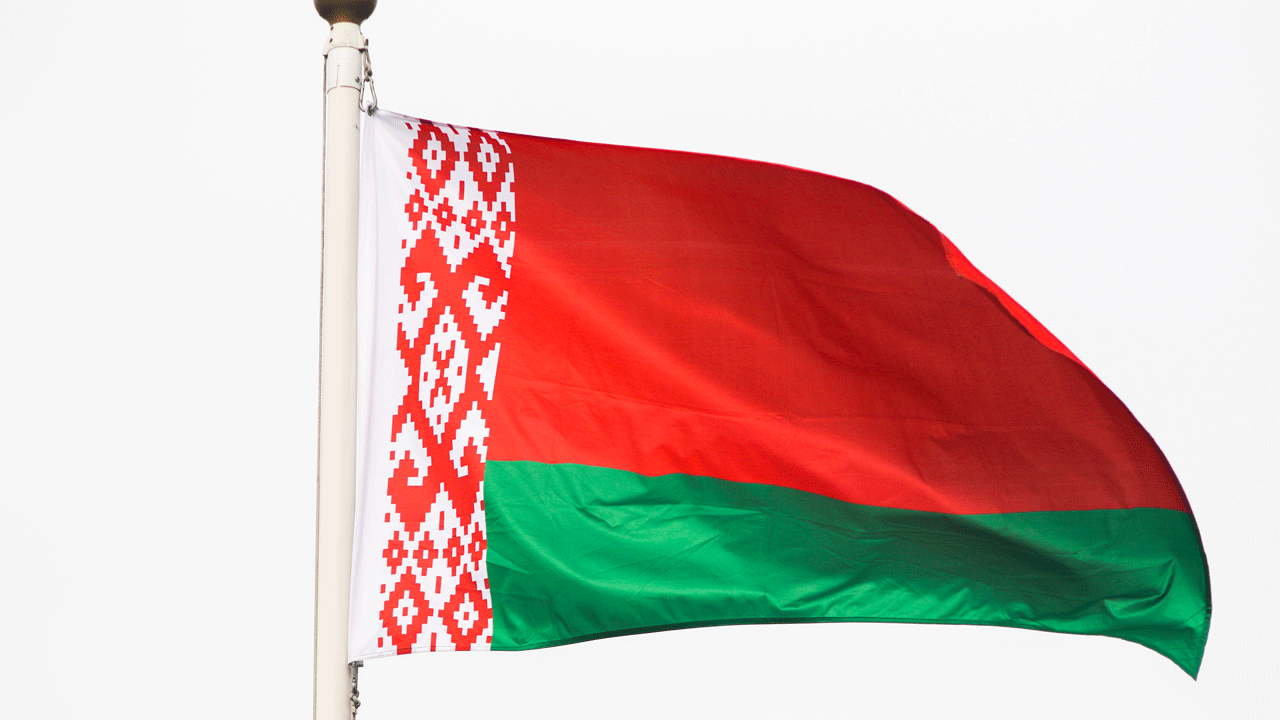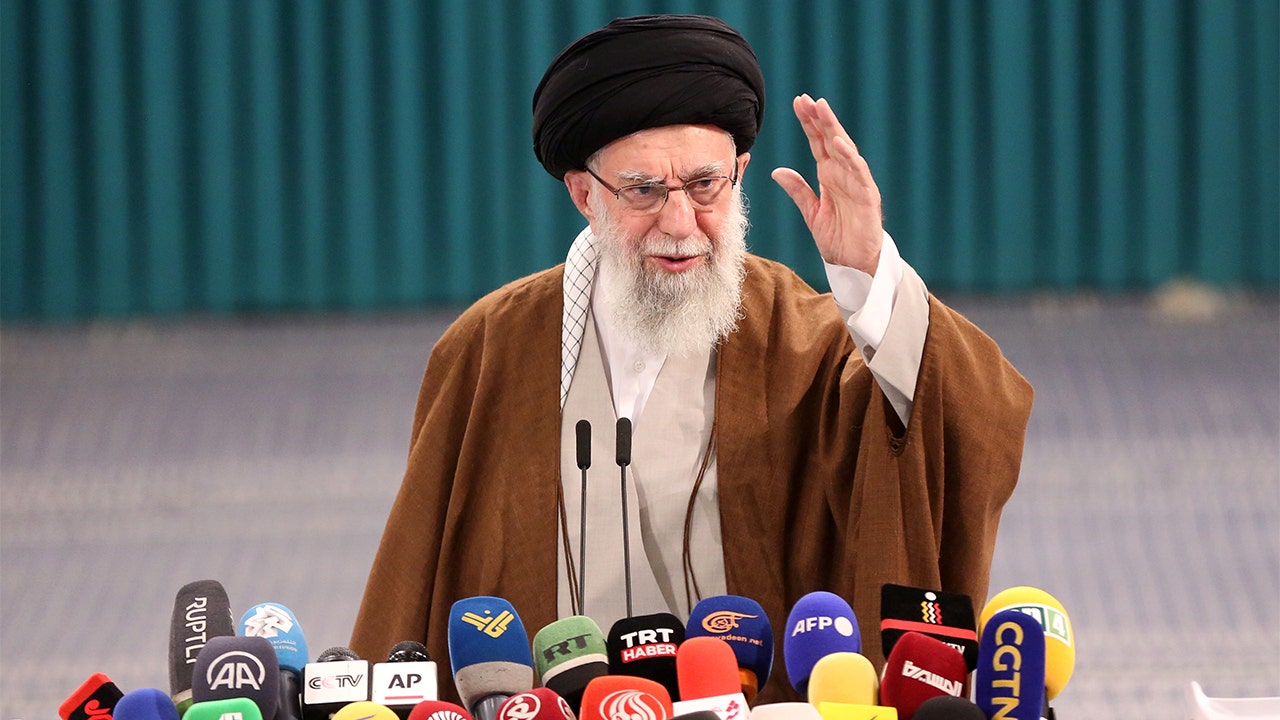The Ukrainian lieutenant was at a firing position on the eastern front, commanding an artillery unit relying on American-provided M777 howitzers and other big guns, as U.S. lawmakers gathered in Washington to decide if his cannons would be forced to go silent for lack of ammunition.
But when the lieutenant returned to his base on Saturday night, he got the news that he and millions of Ukrainians had been praying to hear.
“I had just entered the building after a shift change when the guys informed me that the aid package for Ukraine had finally been approved by Congress,” said the lieutenant, who is identified only by his first name, Oleksandar, in line with military protocol. “We hope this aid package will reach us as soon as possible.”
The decision by American lawmakers to resume military assistance after months of costly delay was greeted with a collective sigh of relief and an outpouring of gratitude across a battered and bloodied Ukraine. It may have been late in coming, soldiers and civilians said, but American support meant more than bullets and bombs.
It offered something equally important: hope.
The $60 billion military assistance package approved by the House is expected to be voted on by the Senate and signed by President Biden as early as Tuesday. The Pentagon has said it could resume sending weapons to Ukraine within days through a well-established logistics network.
Some items, like artillery shells, could start arriving relatively quickly, but both Ukrainian commanders and military analysts cautioned that it would take weeks before the U.S. assistance started to have a direct impact on the fight.
“The frontline situation will therefore likely continue to deteriorate in that time, particularly if Russian forces increase their attacks to take advantage of the limited window before the arrival of new U.S. aid,” analysts at the Institute for the Study of War, a Washington-based research group, wrote over the weekend.
Lieutenant Oleksandar said the Russians had appeared determined recently to throw as many resources into the battle as quickly as possible to take advantage of Ukraine’s depleted arsenal.
“The Russians spare nothing, neither air bombs nor artillery,” he said. “They can fire up to two or three Lancets for every one of our cannons in a day, where one Lancet costs more than the cannon itself,” he said, referring to one of Russia’s most sophisticated drones.
Since American aid stopped flowing into Ukraine this year, Russia has been able to seize more than 360 square kilometers, or about 139 square miles, of land — an area about the size of Philadelphia, according to the Institute for the Study of War.
As Ukraine was forced to shift to defense, the Russian arsenal has been bolstered by the delivery of missiles and drones from Iran and North Korea, while economic support from China has helped Moscow mitigate the impact of sanctions, helping the Kremlin to convert its economy to a wartime footing.
Russia has also managed to replace the more than 315,000 troops that have been killed or wounded in battle, according to American officials.
The Russian army is now 15 percent larger than it was when it invaded Ukraine, Gen. Christopher Cavoli, the head of U.S. European Command, said in testimony to Congress before Saturday’s vote.
“Over the past year, Russia increased its front line troop strength from 360,000 to 470,000,” he said. Ukrainian officials have warned that Russia is setting the stage for a larger offensive in the late spring or early summer.
While the Russians have so far failed to exploit Ukraine’s deficit in both men and arms to achieve a major breakthrough, military analysts warned they may still be able to make significant advances in the coming weeks.
Russian forces continue to advance west of the city of Avdiivka, around Lieutenant Oleksandar’s firing position on Saturday. They are also pounding the strategically important hilltop fortress of Chasiv Yar in eastern Ukraine, exploiting growing gaps in Kyiv’s depleted air defenses to obliterate Ukrainian fortifications with powerful one-ton bombs dropped from warplanes able to fly ever closer to the front.
If the Kremlin’s forces can seize the vitally important high ground in the area, an agglomeration of the largest cities in the Donbas region still under Ukrainian control would be threatened.
At the same time, Russia continued to hit towns and cities across the country with long-range drone and missile strikes, leveling houses, port infrastructure and energy facilities.
Ukraine’s allies have said they are racing to find more sophisticated air defense systems like the American-made Patriots located around Europe to help Kyiv, but Ukrainians expect Moscow to try and do as much damage as it can before those systems arrive.
As they have done day after day for more than two years, rescue workers from Odesa on the Black Sea to Sumy near Ukraine’s northern border with Russia raced to pull people from the rubble of bombed-out buildings as the House voted on Saturday.
“But this day is still a little different,” President Volodymyr Zelensky said in his Saturday night address to the nation. “Today, we received the long-awaited decision: the American support package we’ve been fighting for so hard.”
Mr. Zelensky said its impact would soon be felt “by both our warriors on the frontline and our cities and villages suffering from Russian terror.”
The Kremlin, which U.S. lawmakers have said is orchestrating a sophisticated campaign to shape American public opinion and undermine support for Ukraine, reacted with a mix of bluster and fury.
Dmitri A. Medvedev, the former president and the deputy chairman of the Kremlin’s security council, issued a statement wishing “with all sincerity” that the United States “plunge into a new civil war as quickly as possible.”
The Kremlin’s spokesman, Dmitri S. Peskov, said the military assistance would only contribute to the “ruin” of Ukraine. If provisions in the legislation that allow the United States to seize billions in frozen Russian central bank assets to pay for the rebuilding of Ukraine are used, he warned, America “will have to answer for it.”
Lt. Col. Oleksii Khilchenko, a 30-year-old Ukrainian brigade commander fighting around Robotyne on the southern front, said the new weapons would allow Ukrainians to fight “even more fiercely and with all their courage.”
“This support from American society will save the lives of our soldiers and bolster them across the entire front line,” he said. “We will use this assistance to strengthen our military and bring an end to this war — a war that Russia must lose.”
The vote in the House also lifted the spirits of the army of volunteers who have helped sustain Ukrainian soldiers throughout the war.
“A wonderful day today,” said Olena Detsel, founder of the volunteer organization, Three in a Canoe, which raises money for urgent needs for soldiers, including helping those who have lost limbs in battle get medical treatment in America.
“The news of financial support from the U.S.A. is like a breath of fresh air,” she said. “It brings the understanding that we are not alone in this fight.”
Liubov Sholudko contributed reporting.






